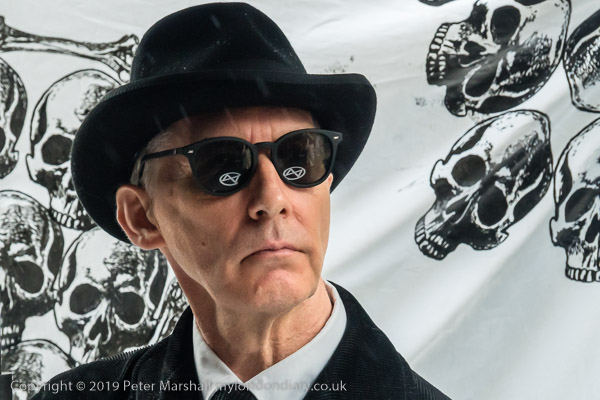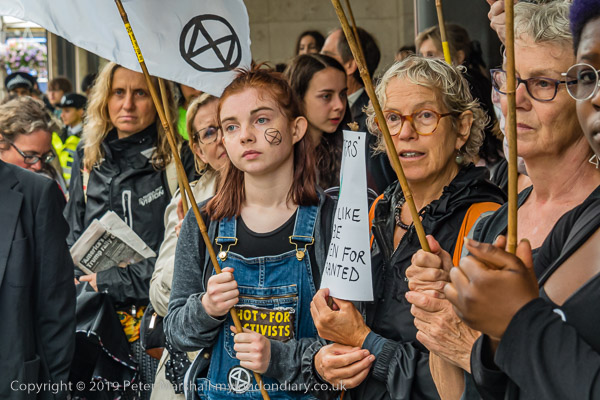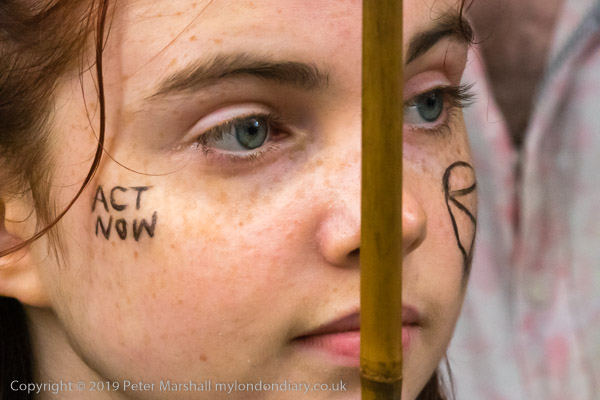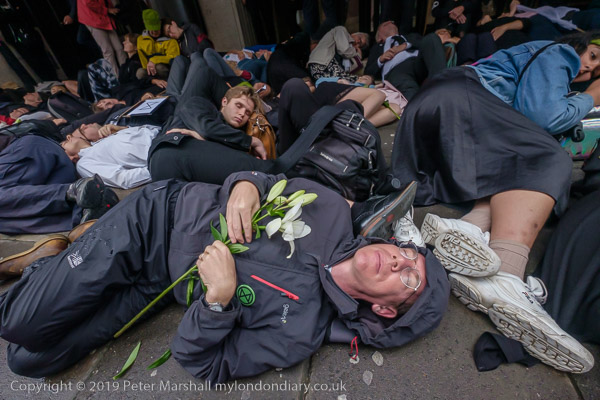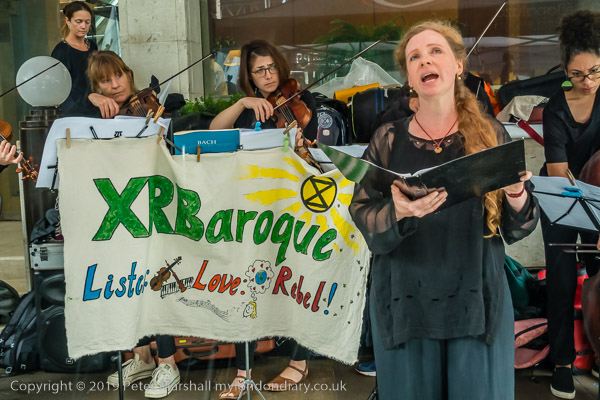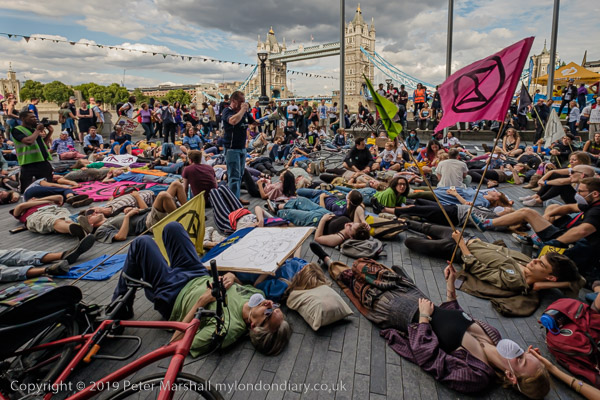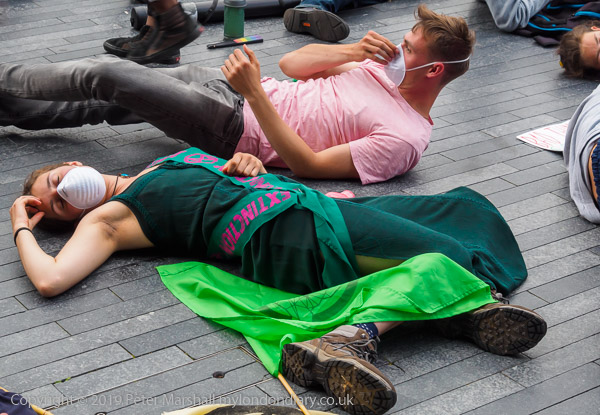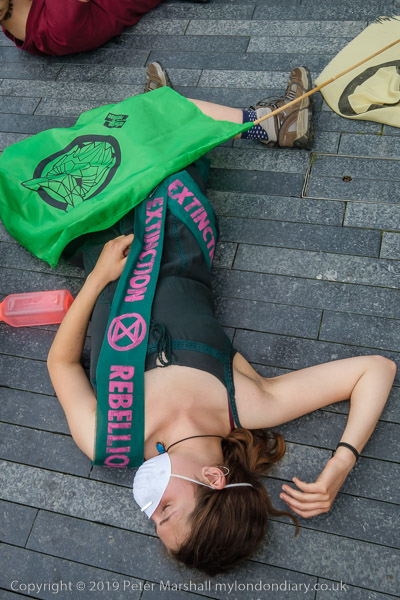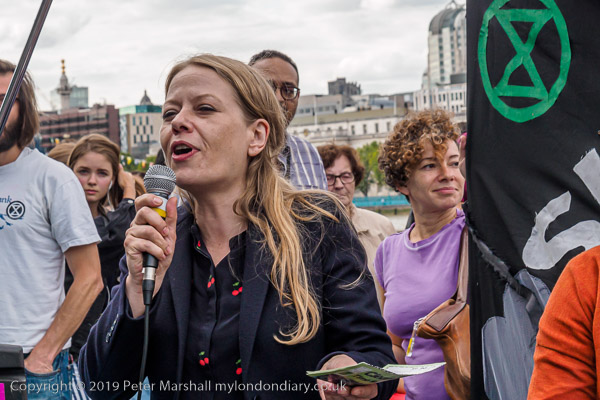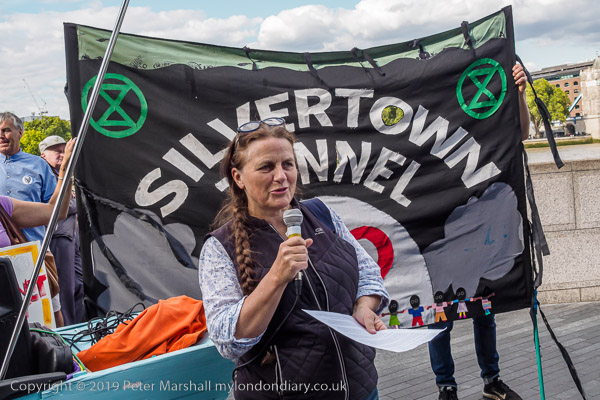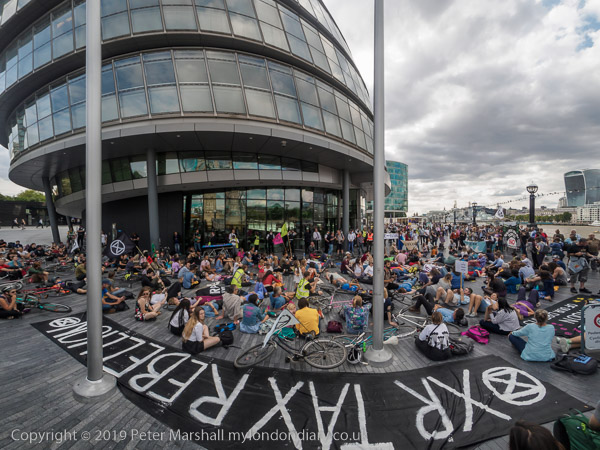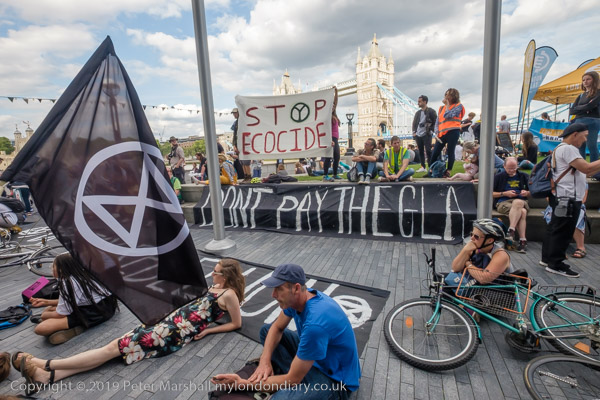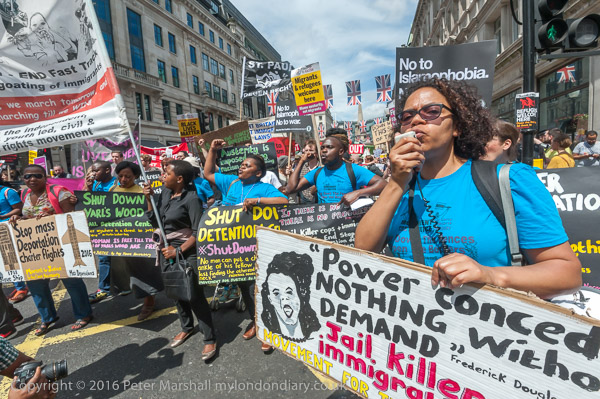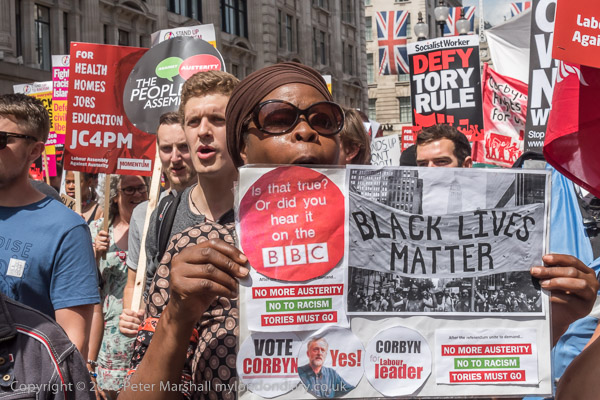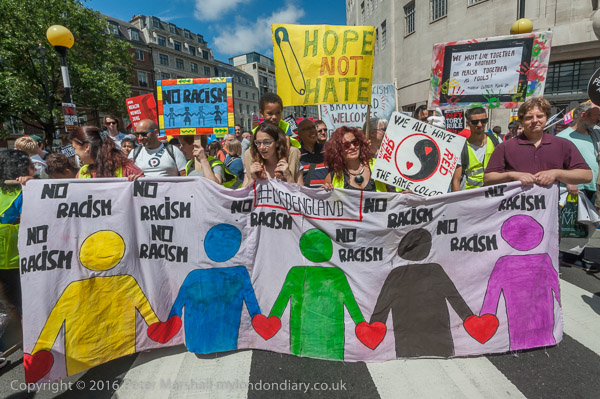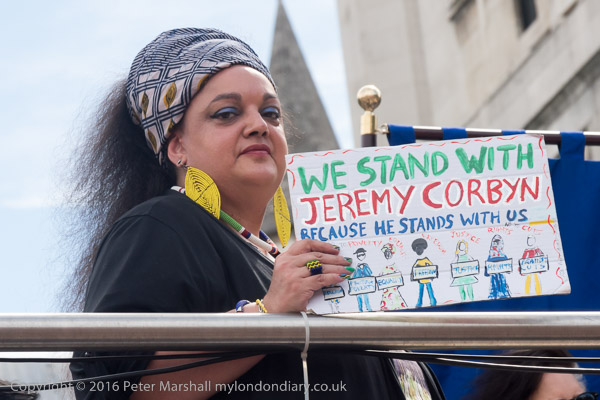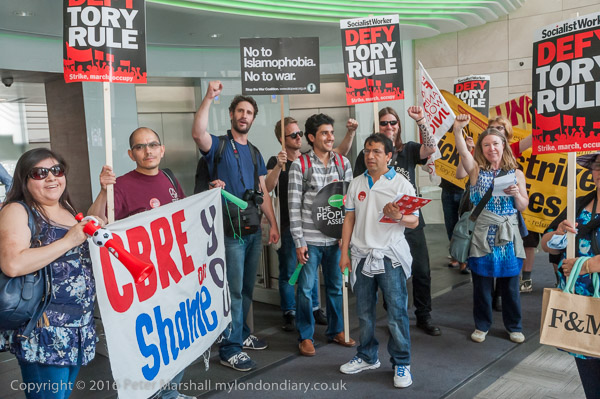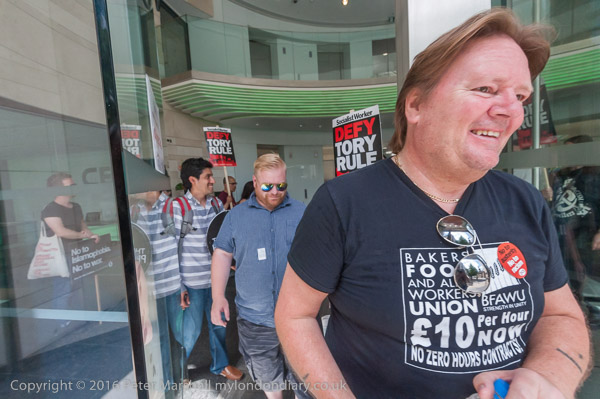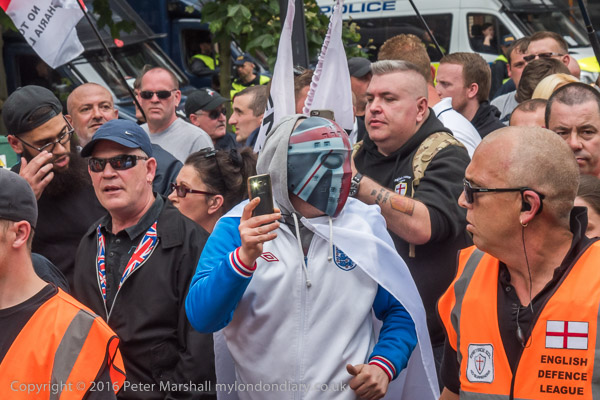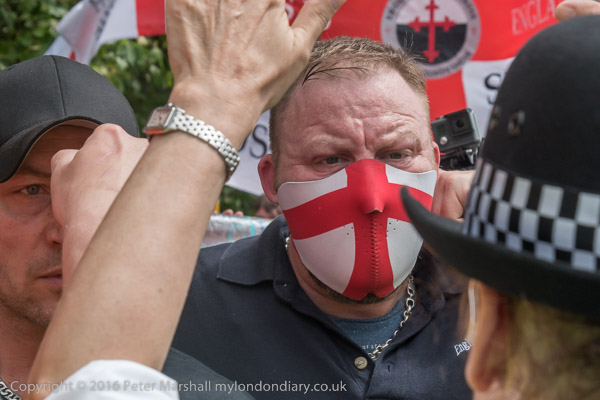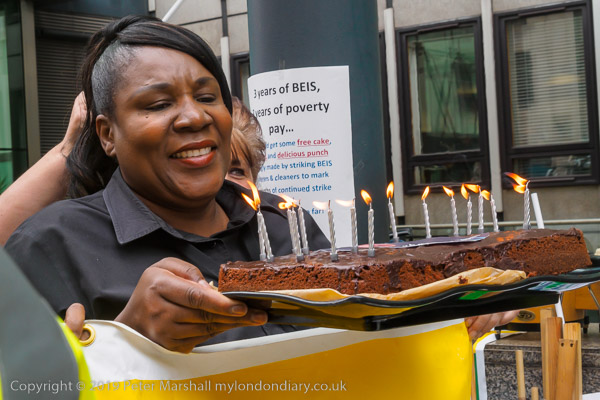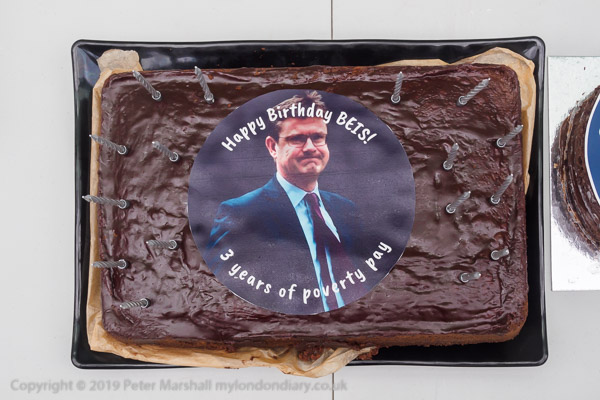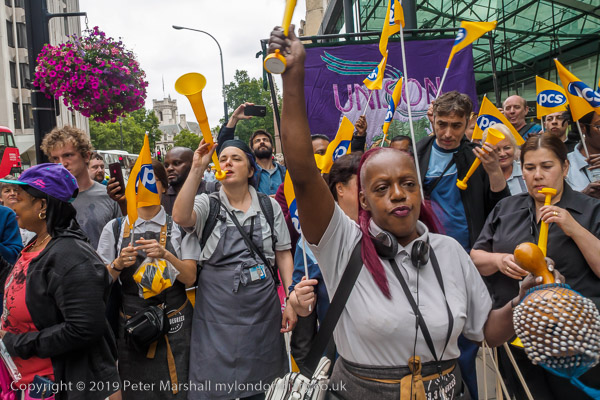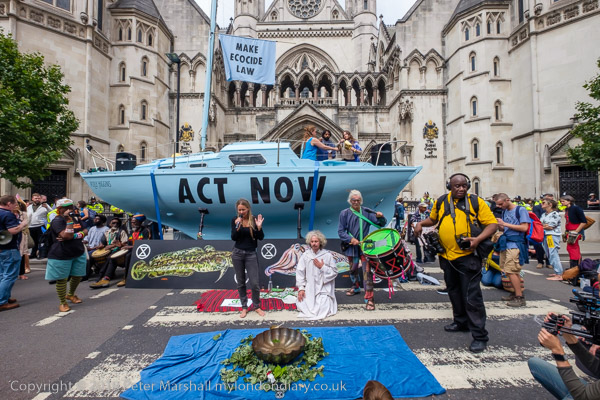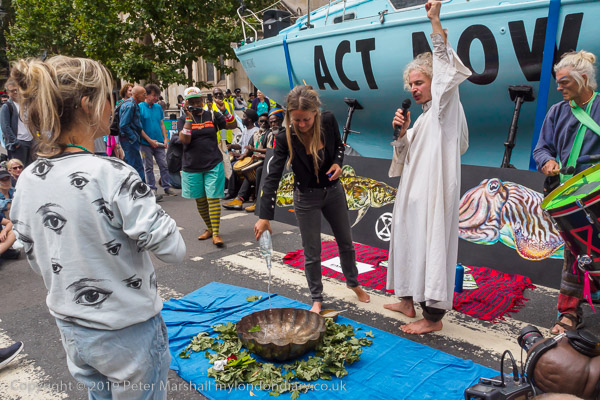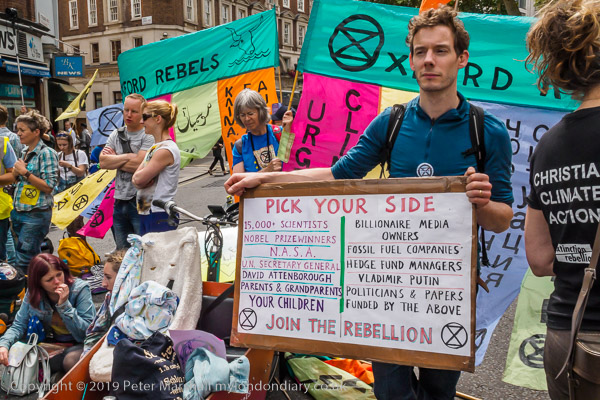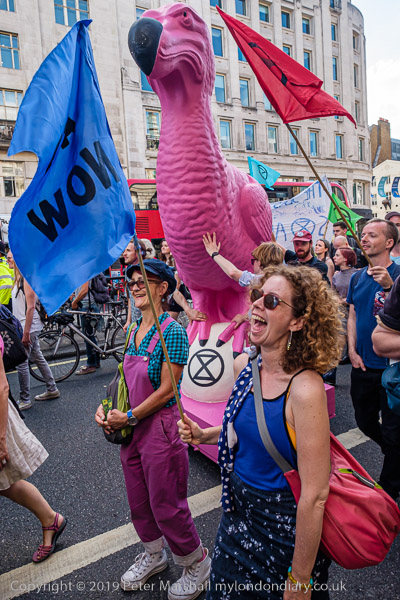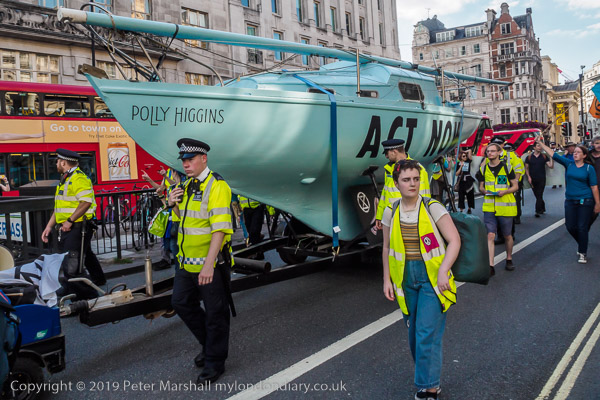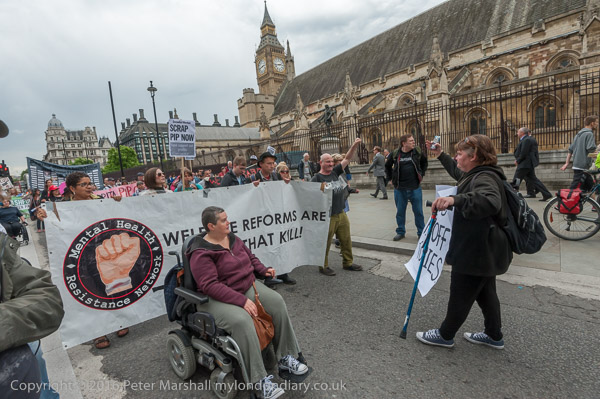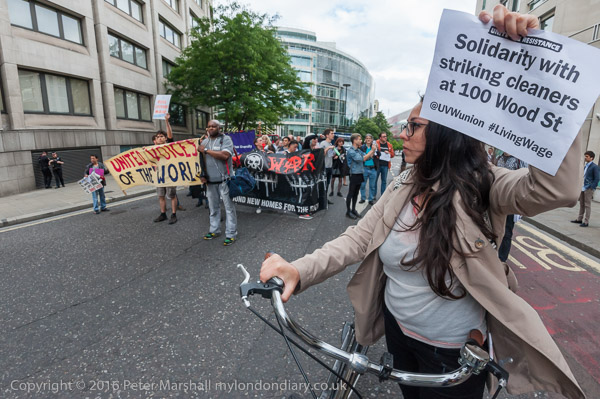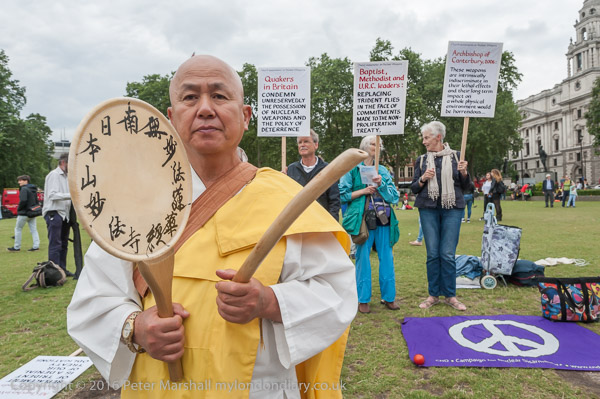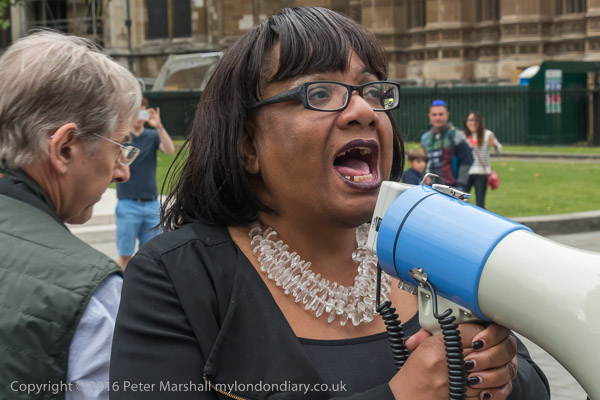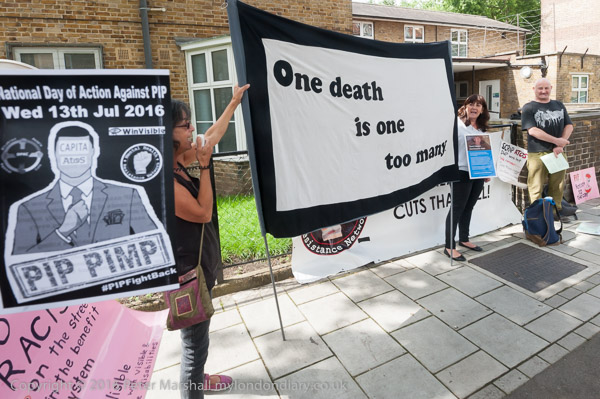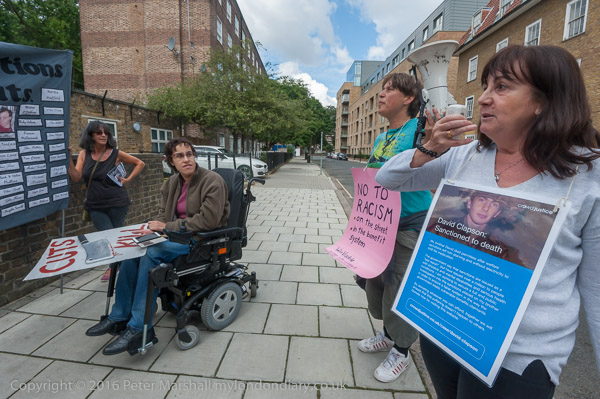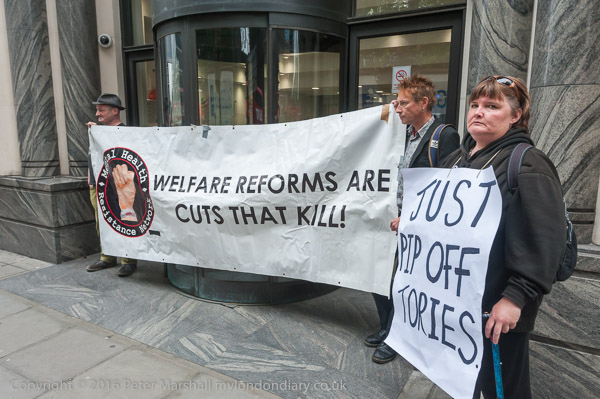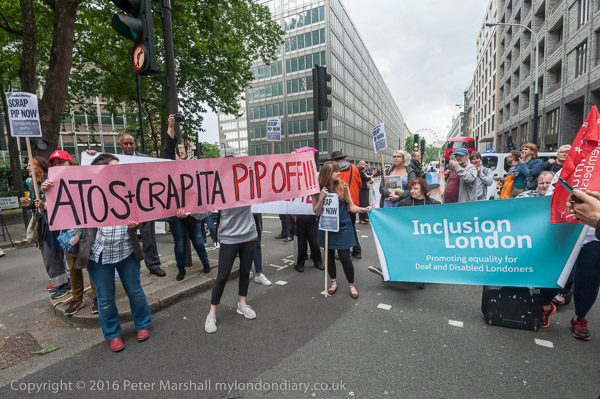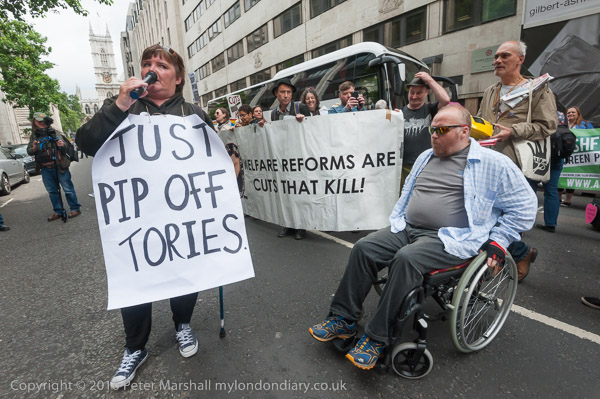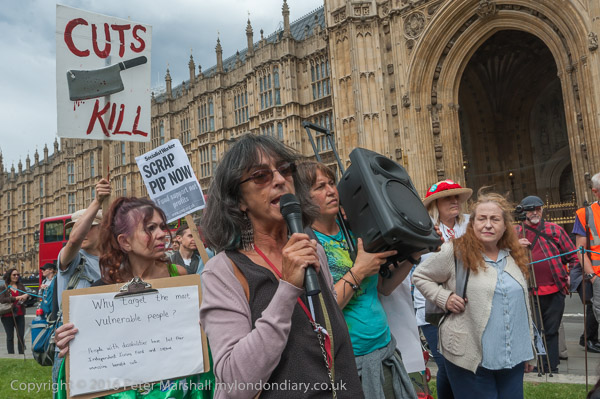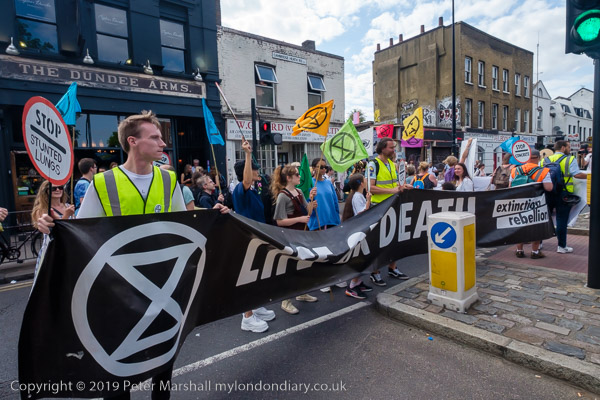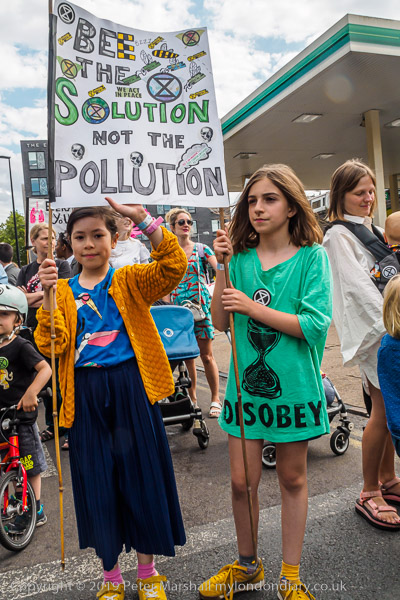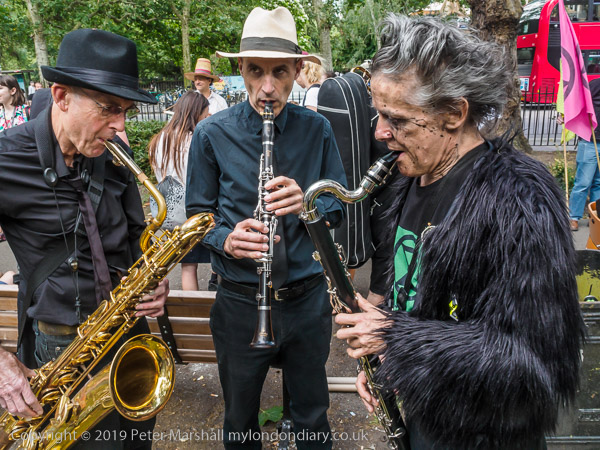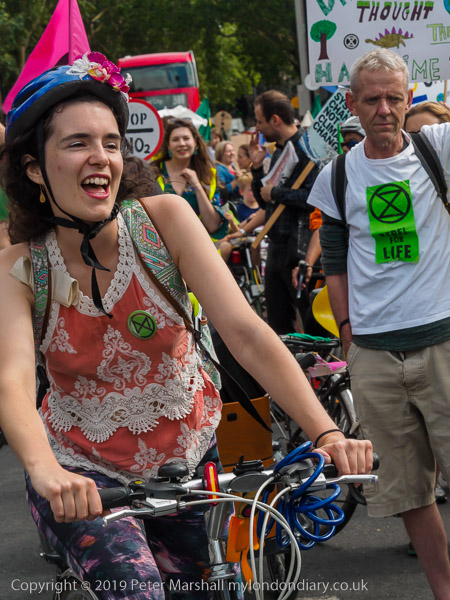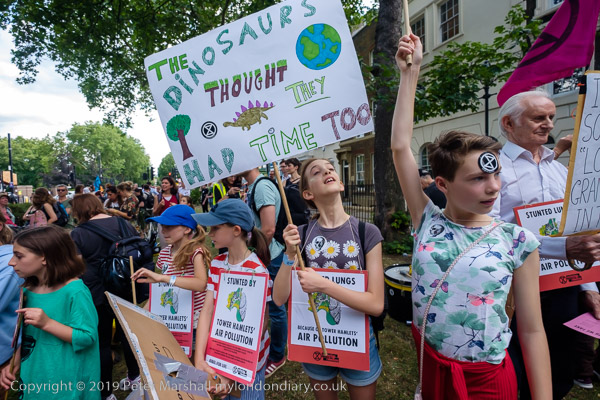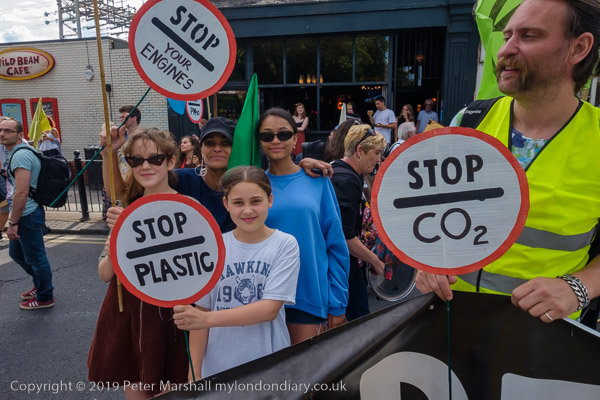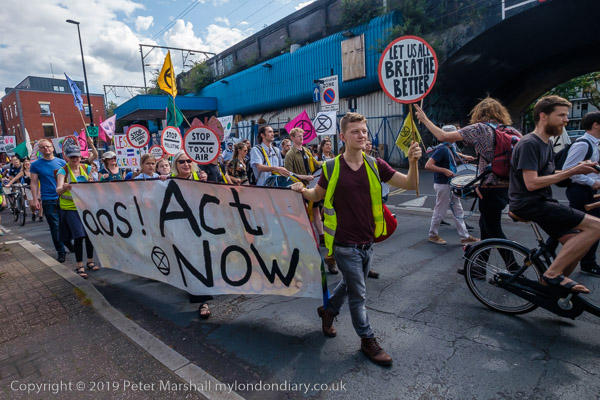
Most years around this time I would be enjoying an afternoon in Clerkenwell, with the area thronged with Italians and people of Italian descent enjoying their major London festival, the procession of Our Lady of Mount Carmel, in the area around St Peter’s Italian Church. These pictures are from Sunday 21 July 2013, eight years ago.
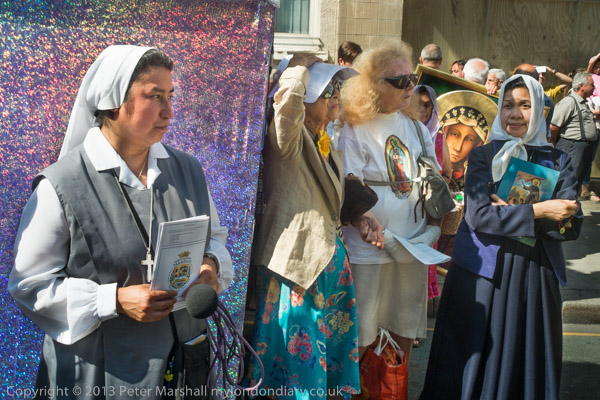
When Queen Victoria gave the procession special permission to take place in 1883, it was the first Roman Catholic event on English streets for 349 years and was doubtless rather a contentious event. The Popery Act of 1698 had made discrimination against Catholics official, and when the Papists Act of 1778 relaxed some of these restrictions it led to a week of intense riots in London, with the Catholic Chapels at foreign embassies being burnt down and attacks on Newgate Prison and the Bank of England before the army was sent in to stop the destruction. After that things got rather quieter, though we still celebrate with what was very much an anti-Catholic bonfire on November 5th each year.
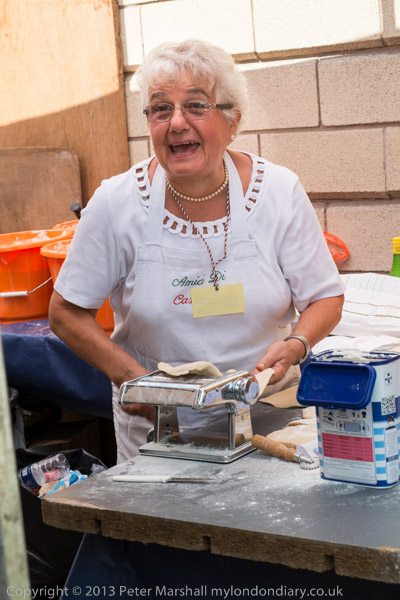
The celebrations now are very much both a religious and cultural event, and along with the procession from the church there is also an Italian festival or Sagra in the street below the church, with traditional Italian food, music, dancing and wine.
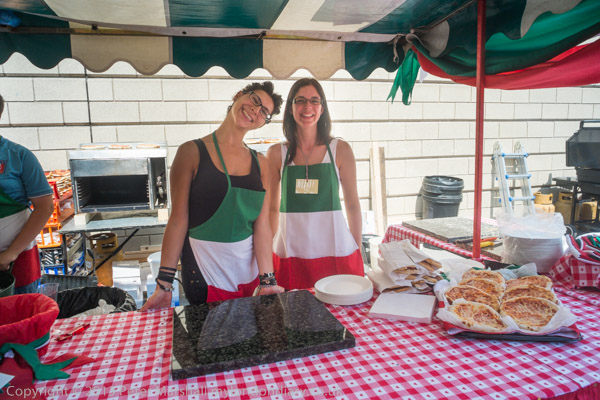
I’m not sure if the wine improves my photography, but it’s hard to resist and I usually meet up with a few of my photographer friends and it is as much a social as a photographic occasion. But I always try to photograph the religious procession, and in particular the release of doves which has become the highlight of the event. In 2013 six doves were released by six of the first communicants in a slightly uncoordinated manner, and – as the top picture shows – didn’t really fly in a way that made a good picture, at least not for me. It’s always a rather unpredictable event.
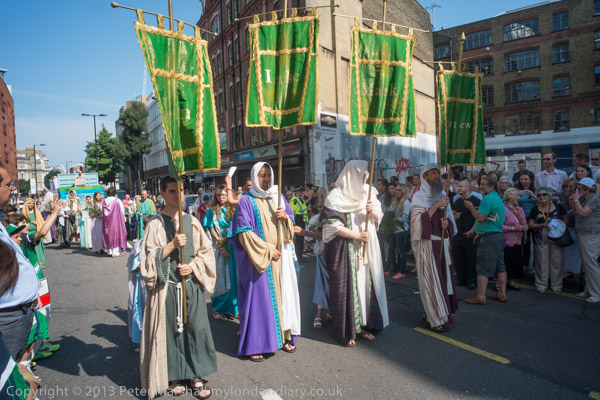
The rest of the procession follows in a more predictable fashion, though it has changed a little over the 20 or so years I’ve photographed it. But as often with processions most of the more interesting photographs come before the actual event, and while I stay taking photographs until the end of the procession has moved off down the road, my photographer friends are probably back down in the Sagra, while most of the crowd is up on the street applauding the walking groups and floats.
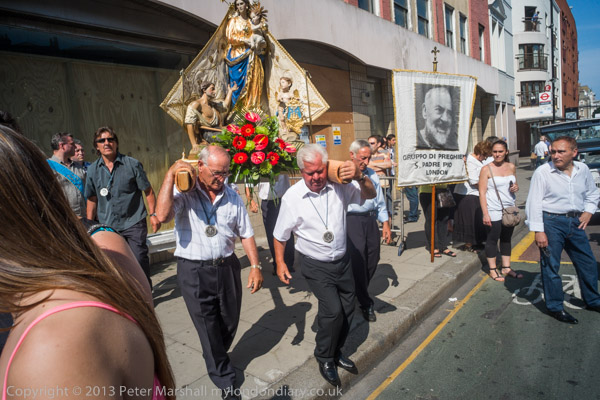
The route has changed since I first began to photograph the event, perhaps to make things a little easier for those carrying the heavy statues, though I think some of the floats had problems in the narrow streets to the south of the church in Hatton Garden. It now sticks to the main roads, in a triangle down Clerkenwell Road, up Rosebery Ave and back down Farringdon Rd. At its rear are the clergy and a large group of parishoners, but most of those watching are long back down drinking and eating before the procession finished.
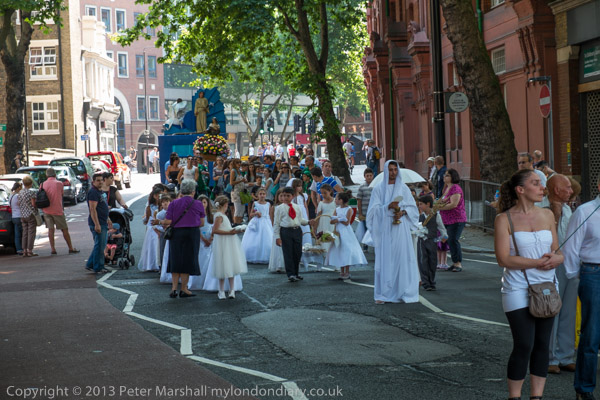
I didn’t feel my photographs from 2013 were as good as on some other years, but they do tell the story of the event. You can see more of them at Our Lady of Mount Carmel.
Links to the festival in some other recent years on My London Diary: 2008, 2009, 2012, 2014, 2015, 2017, 2018, 2019
All photographs on this and my other sites, unless otherwise stated, are taken by and copyright of Peter Marshall, and are available for reproduction or can be bought as prints.







